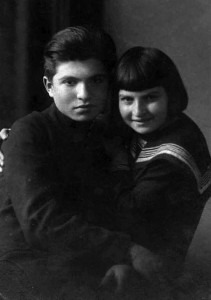
Emil Gilels and his sister Elizabeth
Gilels trained with Yakov Tkach in Odessa, crediting him with the laying down the firm foundation in technique. Gilels’ first appearance on the concert stage was in 1929, when he was age 12. That same year he entered the Odessa Conservatory and studied with Bertha Reingbald, who he regarded as his true teacher.
After hearing him on the radio, Sergei Rachmaninov contacted Gilels, telling him that he regarded him as his pianistic successor. In terms of repertoire, Gilels spanned the centuries, performing Baroque and 20th century composers alike.
Listening to this live recording of a Bach prelude, we can hear how Gilels removes this from the strict performances that we are familiar with and makes it into a new kind of prelude.
Bach: Prelude and Fugue in B Minor, BWV 544: Prelude
(Emil Gilels, piano)
The energy and fire with which he attacks Stravinsky’s Russian Dance from Petrushka permits us to see the other side of this accomplished pianist.
Stravinsky: 3 Movements from Petrushka: No. 1. Danse russe (Emil Gilels, piano)
His performance of Liszt’s Piano Sonata in B minor is considered the gold standard of performance of the work.
Liszt: Piano Sonata in B Minor, S178/R21: III. Allegro energico (Emil Gilels, piano)
His technique, honed from his early lessons as a child, gave him an outstanding technical control and a polished tone.
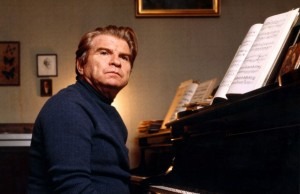
Emil Gilels
Beethoven: Piano Sonata No. 29 in B-Flat Major, Op. 106, “Hammerklavier”: I. Allegro (Emil Gilels, piano)
His position in the music life of the Soviet Union was unmatched and he was one of the first performers permitted to travel outside the country, giving concerts in the US, UK, Austria, The Netherlands and other countries throughout Europe. Gilels’ legacy is all the more valuable to us not only for his definitive recordings but also for becoming an international master of the piano.

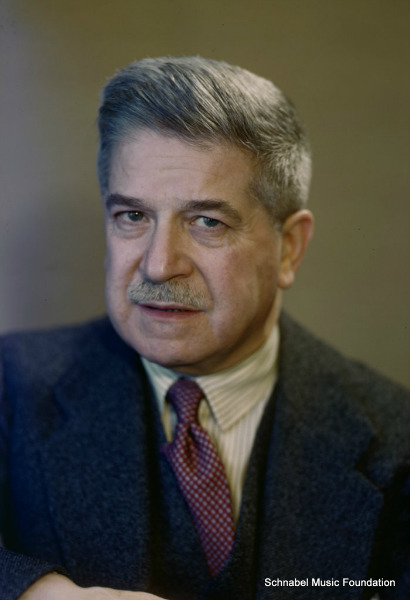
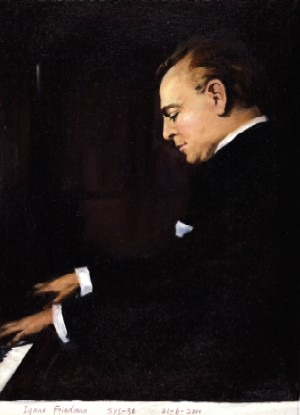
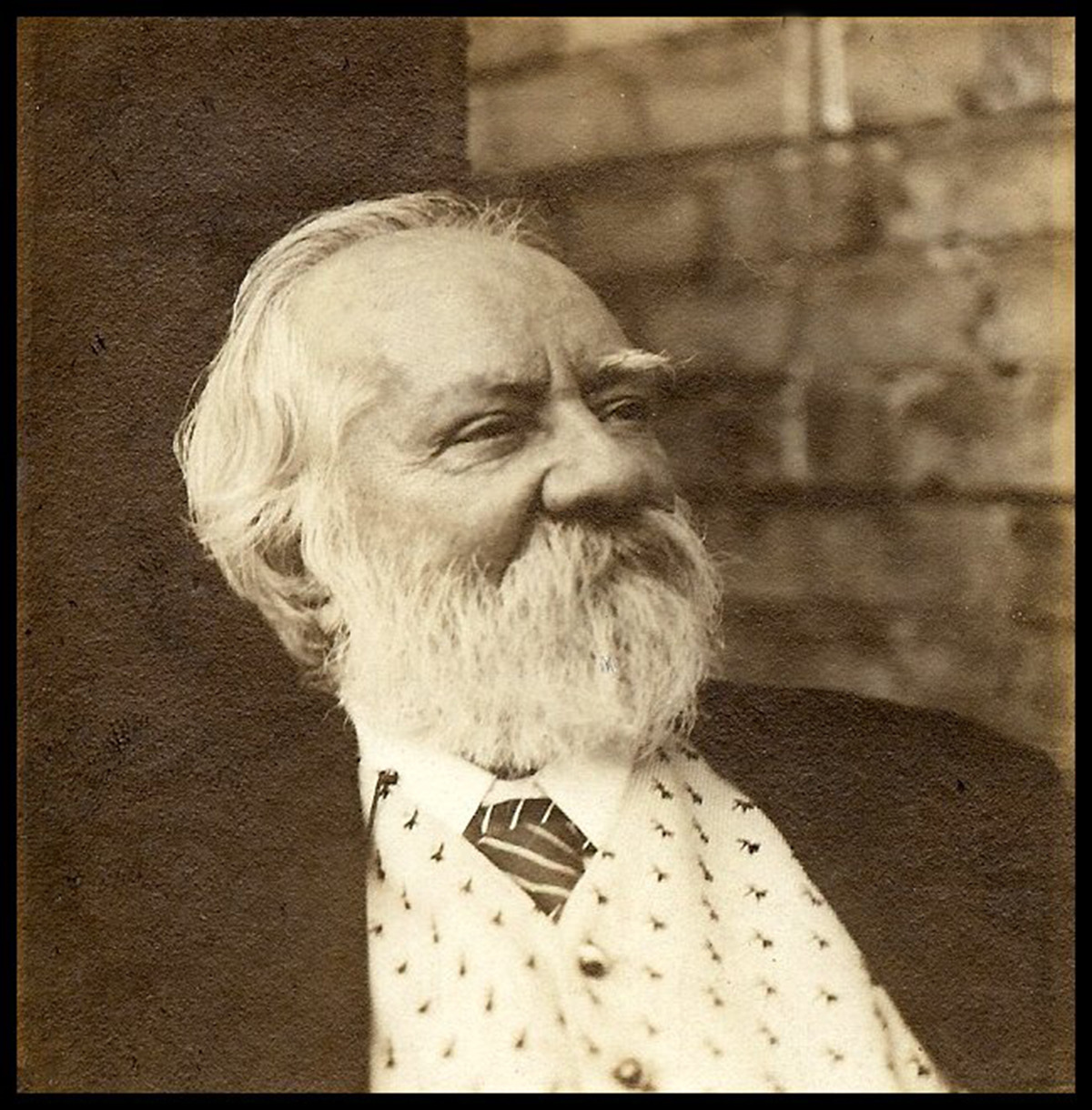
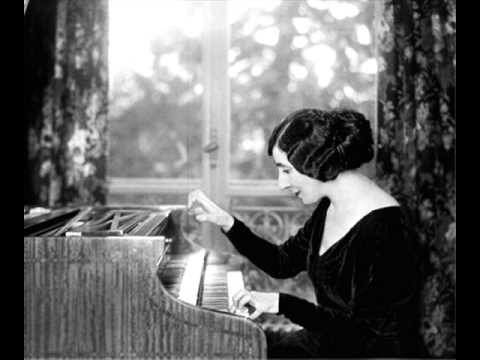
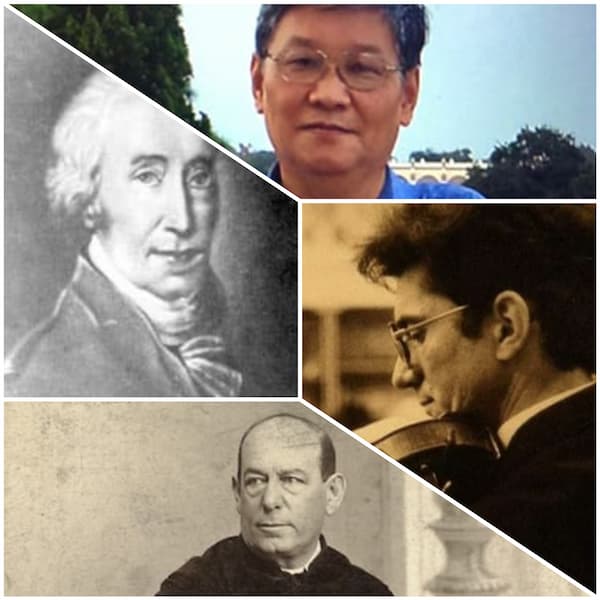
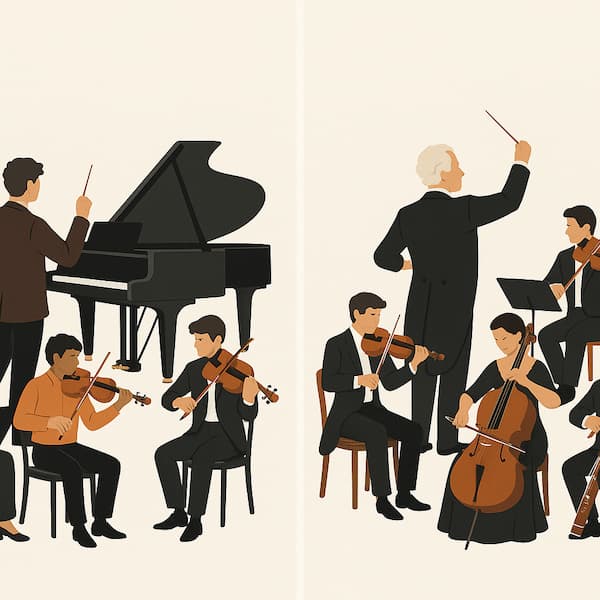
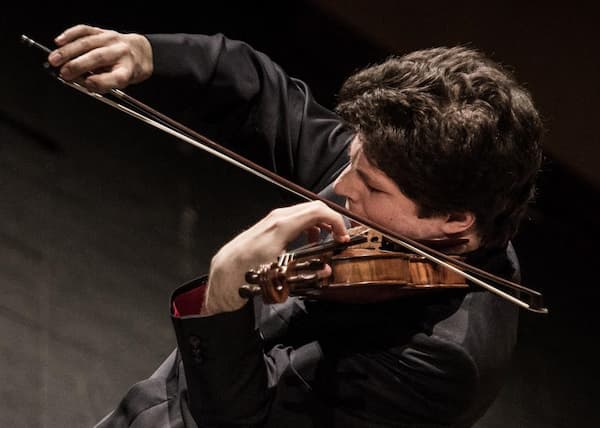
Gilels forgotten? He’s one of the most highly rated pianist of the past century… Multiple boxsets of his recordings came out on his centenary in 2016 and a few since… This is ridiculous.
Yes, I totally agree with you.
I agree with the other comments: if Gilels is ‘forgotten’, then Horowitz, Arrau and Argerich are ‘forgotten’too!
One of the best! But It’ s not Gilels Liszt sonata that is the gold standard, it is Arraus. He is widely considered to be the greatest Liszt pianist of the 20:th century. There are tons of reviews confirming that. Neither Horowitz, Gilels or Richter comes close to Arrau as a Liszt performer. Not technically and most definitely not musically